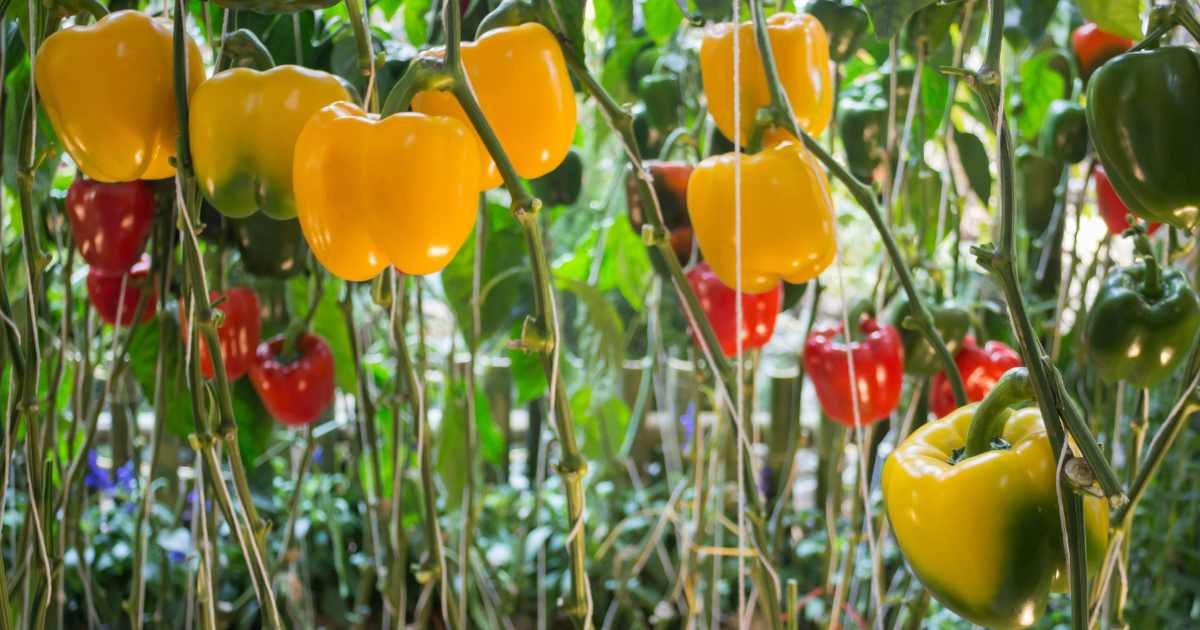
Since time immemorial, one thing has proven over and over that it is worth implementing on a farm: crop diversification. Now, more than ever, this strategy is proving its worth and getting a new, fresh approach as smart crop diversification.
Smart crop diversification is a strategy that takes many different crop types and cropping systems and transforms them into a productive, resilient and sustainable farming approach. The goal is to reduce overreliance on monocrops and the risk of metaphorically placing all your eggs in one basket. It has also been indicated to be better for overall soil health as it doesn’t exhaust the nutrients in the soil as quickly as monocultures, pointing to improved environmental resilience.
Key Practices for Smart Crop Diversification
Some of the approaches that farmers can take to accomplish their diversification goals are as follows:
- Crop rotation: This fundamental practice alternates the crop types grown in a particular field over time. The practice breaks the life cycles of pests and diseases that attack specific crops, and alternating planting leads to improved soil fertility through nutrient depletion prevention.
- Polyculture systems or intercropping: Whether you use one name or the other, the practice entails planting multiple crops simultaneously. This is essential to minimise the risk of an entire crop failing, as well as reducing the need for synthetic fertilisers.
- Cover cropping: Cover cropping is the practice of sowing seeds that will take root in the soil to protect it from the off-season. It prevents soil erosion, improves soil structure, fixes nitrogen to the soil and adds organic matter.
- Agroforestry: This practice is discussed in depth in another article, and mainly points to increasing yields and diversifying income streams through the use of trees in agriculture. It shares many of the benefits that polyculture has.
Benefits of Smart Crop Diversification
Farmers have many reasons to implement smart crop diversification in their agricultural businesses. These can be divided into the following:
- Increased resilience: Smart crop diversification can increase the resilience of both the farmer and the community they feed. Resilience, in this case, looks like using a diverse number of crops that are drought-tolerant and offer a variety of nutritional benefits. Should one crop fail due to climate change or disease, the farmer can still harvest the other crops, and families can still be fed.
- Improved soil health: With varying crop types, soil health is directly impacted. Crop diversification practices contribute to improved soil structure, nutrient cycling, microbial activity and reduced soil erosion.
- Enhanced biodiversity: Diverse crop farming means diverse fauna and flora. Biodiversity benefits both above-ground and below-ground ecosystems, such as pollinators, pest control and microbial activity.
- Economic stability for farmers: Most farmer choose their trade out of passion, but you cannot live from passion alone – You need to turn a profit. Smart crop diversification can help in this instance, too. Farmers are less vulnerable to market fluctuations when they are not limited to one crop, or can adapt to market demands.
- Pest control: Whether it be pests such as insects or disease, these can wreak havoc on a crop. Thankfully, many pests are limited to certain crop types. Some insects only eat certain plants, like some aphids. Depending on the species, these only limit their diet to certain crops. Similarly, diseases such as potato blight won’t attack maize or other plant families. Diversifying your crops prevents overreliance on the yield of only one crop.
- Resource efficiency: Different crops have distinct needs for water, light, and nutrients, and cultivating them together can lead to a more efficient use of these resources.[60] The mechanism behind this efficiency lies in the complementary growth patterns and resource requirements of the intercropped species
- Improves water and nutrient utilisation: Planting various crops together means that you can share resources. Water waste is reduced, and other agricultural inputs are used more efficiently.
- Pollinator support: Combining different plants in a single space attracts a variety of pollinators, such as bees, butterflies, and other insects, which are essential for pollination services across different crops.
- Tapping into Diverse Markets: A wider variety of crops means more opportunities in new markets. This gives farmers a chance to increase their revenue streams and potentially grow their market share.
With so many benefits, it is clear why a farmer needs to include smart crop diversification as a key strategy in the farming business.






